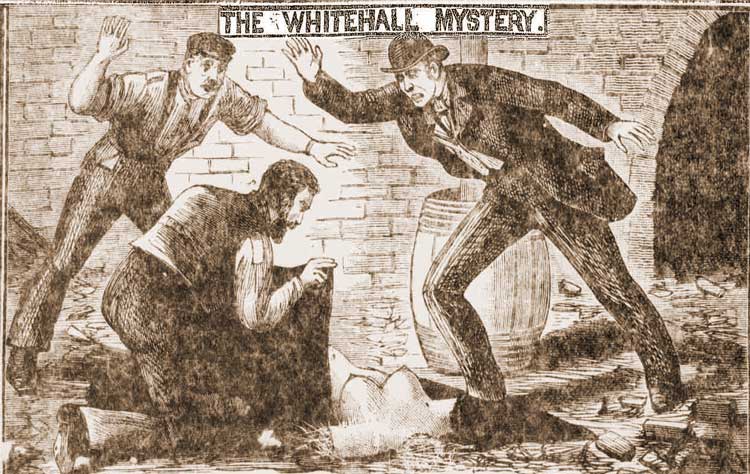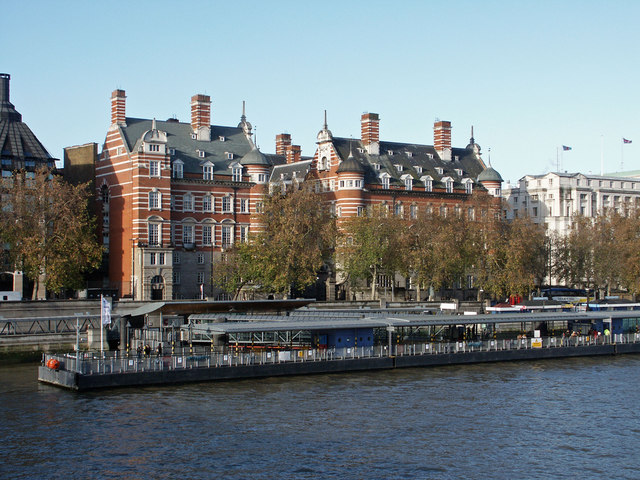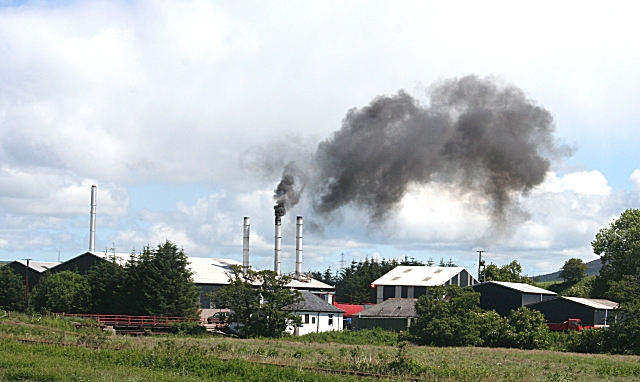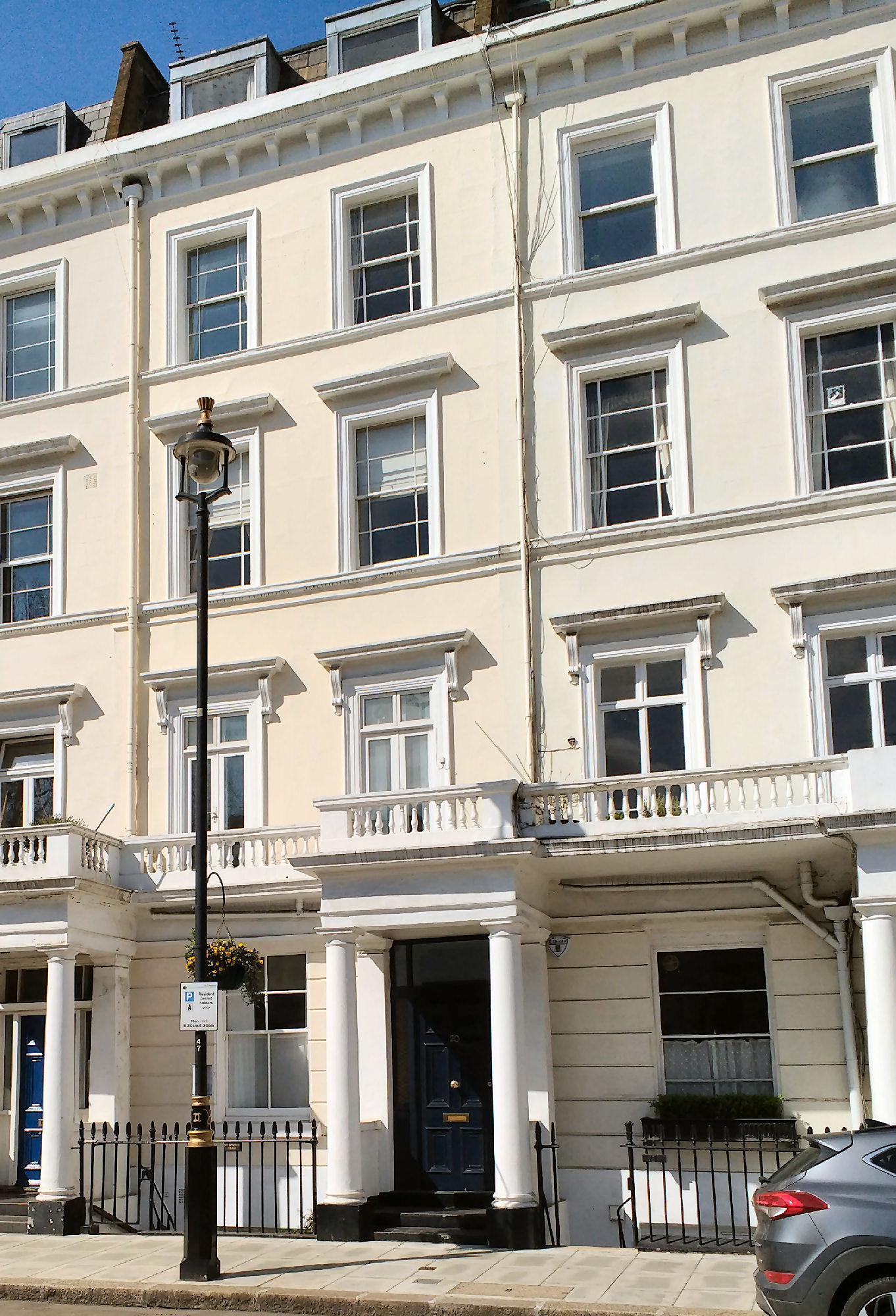|
Thames Torso Murders
The Thames Torso Murders, often called the Thames Mysteries or the Embankment Murders, were a sequence of unsolved murders of women occurring in London, England from 1887 to 1889. The series included four incidents which were filed as belonging to the same series. None of the cases were solved, and only one of the four victims was identified. In addition, other murders of a similar kind, taking place between 1873 and 1902, have also been associated with the same murder series. Speculations have linked the Thames murder series to that of the contemporary Whitechapel murders and Jack the Ripper. However, the '' modus operandi'' of the perpetrator of the Thames Torso Murders differs from the other unidentified criminal in that the victims of Jack the Ripper suffered progressive abdominal- and genital-area mutilation, whereas the Thames Torso Murderer dismembered the bodies of his victims. The canonical four The series included four incidents which were filed as belonging to the sa ... [...More Info...] [...Related Items...] OR: [Wikipedia] [Google] [Baidu] |
London
London is the capital and largest city of England and the United Kingdom, with a population of just under 9 million. It stands on the River Thames in south-east England at the head of a estuary down to the North Sea, and has been a major settlement for two millennia. The City of London, its ancient core and financial centre, was founded by the Romans as '' Londinium'' and retains its medieval boundaries.See also: Independent city § National capitals The City of Westminster, to the west of the City of London, has for centuries hosted the national government and parliament. Since the 19th century, the name "London" has also referred to the metropolis around this core, historically split between the counties of Middlesex, Essex, Surrey, Kent, and Hertfordshire, which largely comprises Greater London, governed by the Greater London Authority.The Greater London Authority consists of the Mayor of London and the London Assembly. The London Mayor is distinguished fr ... [...More Info...] [...Related Items...] OR: [Wikipedia] [Google] [Baidu] |
Nine Elms
Nine Elms is an area of south-west London, England, within the London Borough of Wandsworth. It lies on the River Thames, with Battersea to the west, South Lambeth to the south and Vauxhall to the east. The area was formerly mainly industrial but is now becoming more residential and commercial in character. It is dominated by Battersea Power Station, various railway lines and New Covent Garden Market. The Battersea Dogs & Cats Home is also in the area. Nine Elms has residential developments along the riverside, including Chelsea Bridge Wharf and Embassy Gardens, and also three large council estates: Carey Gardens, the Patmore Estate and the Savona. History Nine Elms Lane was named around the year 1645, from a row of elm trees bordering the road, though a path probably existed between York House and Vauxhall from the 1200s. In 1838, at the time of construction of the London and Southampton Railway, the area was described as "a low swampy district occasionally overflowed by th ... [...More Info...] [...Related Items...] OR: [Wikipedia] [Google] [Baidu] |
Battersea Mystery
The Thames Torso Murders, often called the Thames Mysteries or the Embankment Murders, were a sequence of unsolved murders of women occurring in London, England from 1887 to 1889. The series included four incidents which were filed as belonging to the same series. None of the cases were solved, and only one of the four victims was identified. In addition, other murders of a similar kind, taking place between 1873 and 1902, have also been associated with the same murder series. Speculations have linked the Thames murder series to that of the contemporary Whitechapel murders and Jack the Ripper. However, the ''modus operandi'' of the perpetrator of the Thames Torso Murders differs from the other unidentified criminal in that the victims of Jack the Ripper suffered progressive abdominal- and genital-area mutilation, whereas the Thames Torso Murderer dismembered the bodies of his victims. The canonical four The series included four incidents which were filed as belonging to the sam ... [...More Info...] [...Related Items...] OR: [Wikipedia] [Google] [Baidu] |
Whitehall Mystery
The Whitehall Mystery is an unsolved murder that took place in London in 1888. The dismembered remains of a woman were discovered at three sites in the centre of the city, including the construction site of Scotland Yard, the police headquarters. The incident belongs to the so-called Thames Torso Murders. Discoveries On 11 September 1888, a right arm and shoulder were discovered on the muddy shore of the River Thames in Pimlico. ''The Times'' newspaper had initially suspected that the arm was placed in the water as a medical students' prank. On 2 October 1888, during construction of the Metropolitan Police's new headquarters, to be known as New Scotland Yard, on the Victoria Embankment near Whitehall in Westminster, a worker found a parcel containing human remains. The female torso was discovered in a three-month-old vault that made up part of the cellar. It was placed there at some point after 29 September when Richard Lawrence, a workman, had last been inside the unlocked ... [...More Info...] [...Related Items...] OR: [Wikipedia] [Google] [Baidu] |
Chelsea, London
Chelsea is an affluent area in west London, England, due south-west of Charing Cross by approximately 2.5 miles. It lies on the north bank of the River Thames and for postal purposes is part of the south-western postal area. Chelsea historically formed a manor and parish in the Ossulstone hundred of Middlesex, which became the Metropolitan Borough of Chelsea in 1900. It merged with the Metropolitan Borough of Kensington, forming the Royal Borough of Kensington and Chelsea upon the creation of Greater London in 1965. The exclusivity of Chelsea as a result of its high property prices historically resulted in the coining of the term "Sloane Ranger" in the 1970s to describe some of its residents, and some of those of nearby areas. Chelsea is home to one of the largest communities of Americans living outside the United States, with 6.53% of Chelsea residents having been born in the U.S. History Early history The word ''Chelsea'' (also formerly ''Chelceth'', ''Chelchith' ... [...More Info...] [...Related Items...] OR: [Wikipedia] [Google] [Baidu] |
James Monro
James Monro (1838 – 28 January 1920) was a lawyer who became the first Assistant Commissioner (Crime) of the London Metropolitan Police and also served as Commissioner of Police of the Metropolis from 1888 to 1890. Early career Monro was born in Edinburgh, the son of George Monro, a solicitor. He was educated at Edinburgh High School, the University of Edinburgh and the University of Berlin. In 1857, he joined the Legal Branch of the Indian Civil Service. He served successively as Assistant Magistrate, Collector and District Judge in the Bombay Presidency. He then became Inspector-General of Police in the Presidency. In 1863, Monro married Ruth Littlejohn, an Aberdeen woman. Assistant Commissioner In 1884, Monro resigned from the Indian Civil Service and returned to Britain, being appointed the first Assistant Commissioner (Crime) in London. He succeeded Howard Vincent, whose title had been Director of Criminal Investigation, as head of the Criminal Investigation Departm ... [...More Info...] [...Related Items...] OR: [Wikipedia] [Google] [Baidu] |
Donald Swanson
Chief Inspector Donald Sutherland Swanson (12 August 1848 - 24 November 1924) was born at Geise, where his father operated a distillery, before the family moved in 1851 to Thurso, and was a senior police officer in the Metropolitan Police in London during the notorious Jack the Ripper murders of 1888. Early life The son of John Swanson, a brewer, Swanson was a good scholar and on leaving school he worked for a period as a teacher, but realising that that career offered him few prospects, he decided instead to move to London, where two of his sisters had settled after marriage, and in 1867 found work as a City clerk. When his employer decided to retire from business early the following year Swanson spotted an advertisement in ''The Daily Telegraph'' by the Metropolitan Police appealing for new applicants. Police career Swanson joined the Metropolitan Police on 27 April 1868, and was given the warrant number 50282. He married his wife Julia Ann Nevill (born in Hoxton in 1854 to a ... [...More Info...] [...Related Items...] OR: [Wikipedia] [Google] [Baidu] |
Knacker
A knacker (), knackerman or knacker man is a person who removes and clears animal carcasses (dead, dying, injured) from private farms or public highways and renders the collected carcasses into by-products such as fats, tallow (yellow grease), glue, gelatin, bone meal, bone char, sal ammoniac, soap, bleach and animal feed. A knacker's yard or a knackery is different from a slaughterhouse or abattoir, where animals are slaughtered for human consumption. Since the Middle Ages, the occupation of "knacker man" was frequently considered a disreputable occupation. Knackers were often also commissioned by the courts as public executioners. Etymology The oldest recorded use of the word "knacker" dates to 1812, meaning "one who slaughters old or sick horses" and in 1855 "to kill, castrate", and is believed to be the same word as the earlier knacker/nacker "harness-maker" from the 1570s, surviving in 18th century dialects. The sense extension is perhaps because "knackers" provided farm ... [...More Info...] [...Related Items...] OR: [Wikipedia] [Google] [Baidu] |
Athelstan Braxton Hicks
Athelstan Braxton Hicks (19 June 1854 – 17 May 1902) was a coroner in London and Surrey for two decades at the end of the 19th century. He was given the nickname "The Children's Coroner" for his conscientiousness in investigating the suspicious deaths of children, and especially baby farming and the dangers of child life insurance. He would later publish a study on infanticide. He was the son of Dr John Braxton Hicks, the well-known obstetrician, born in Tottenham, London. Career He was a barrister at law who entered the Middle Temple in 1872 and was Call to the bar, called to the bar in 1875. He was a special pleader on the Western Circuit and at the Middlesex Sessions. He was for some time a student at Guy's Hospital, where he gained considerable knowledge of medical jurisprudence. He was Deputy Coroner of the City of London and Borough of Southwark, the City of Westminster and the West London District. He was appointed Coroner in 1885 for the South-Western District of Londo ... [...More Info...] [...Related Items...] OR: [Wikipedia] [Google] [Baidu] |
Chelsea Embankment
Chelsea Embankment is part of the Thames Embankment, a road and walkway along the north bank of the River Thames in central London, England. The western end of Chelsea Embankment, including a stretch of Cheyne Walk, is in the Royal Borough of Kensington and Chelsea; the eastern end, including Grosvenor Road and Millbank, is in the City of Westminster. Beneath the road lies the main low-level interceptor sewer taking waste water from west London eastwards towards Beckton. Chelsea Bridge and Albert Bridge are to the south. Royal Hospital Chelsea is to the north. Sloane Square is the closest tube station, located to the north. History The embankment was completed to a design by Joseph Bazalgette and was part of the Metropolitan Board of Works' grand scheme to provide London with a modern sewage system. It was opened on 9 May 1874 by Prince Alfred, Duke of Edinburgh. Notable buildings *Garden Corner, 13 Chelsea Embankment - Grade II* listed * Swan House, 17 Chelsea Emban ... [...More Info...] [...Related Items...] OR: [Wikipedia] [Google] [Baidu] |
Bankside
Bankside is an area of London, England, within the London Borough of Southwark. Bankside is located on the southern bank of the River Thames, east of Charing Cross, running from a little west of Blackfriars Bridge to just a short distance before London Bridge at St Mary Overie Dock. It is part of a business improvement district known as 'Better Bankside'. History Toponymy The 'banke' was reclaimed by the Bishop of Winchester who owned the manor of the Clink of which this is part. There is a map plan in the Duchy of Lancaster archive showing 'the way to the banke'. The name is recorded in 1554 as ''the Banke syde'' and means 'street along the bank of the Thames'. In 1860 Southwark Street was created to connect the Blackfriars and London bridge crossings here and that can be regarded as the area's informal southern perimeter. Urban development Bankside is the riverside of the former liberties of the Clink and Paris Garden. In the Elizabethan period, because it was outside the ... [...More Info...] [...Related Items...] OR: [Wikipedia] [Google] [Baidu] |



.jpg)



